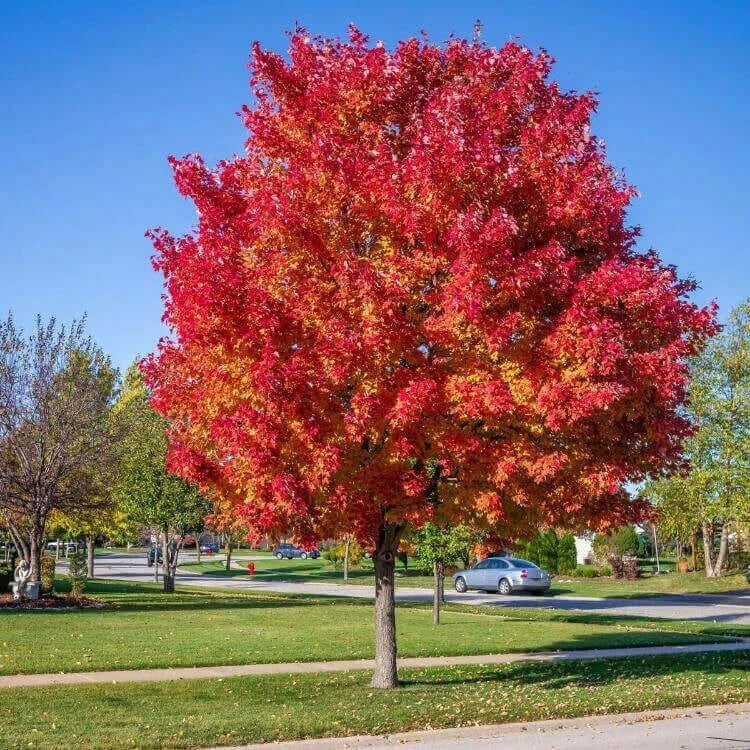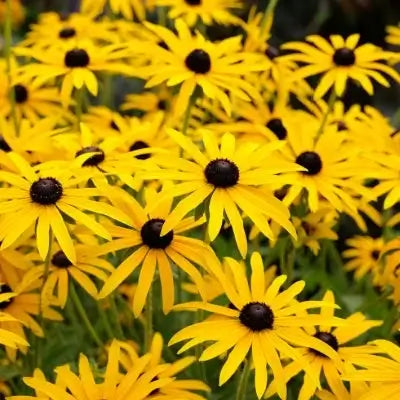
Blossoms Perfected
Share
The Blooming Revolution: Controlled Environment Floriculture
Controlled environment floriculture revolutionizes flower production through precise scientific practices that manage all growth aspects, from climate changes to resource utilization. Traditional outdoor farming experiences significant challenges from unpredictable weather and natural elements affecting flower production and quality. Controlled environments allow growers to achieve perfect growing conditions, consistently producing bright, healthy flowers throughout the year. This approach combines modern technology with plant biological insights to deliver perfect light conditions, suitable temperature and humidity, and flower nutrient levels. These systems allow commercial growers and hobbyists to sustain high-quality flower production while expanding their floral variety to include plants that local conditions cannot support. Controlled environment floriculture presents a potent solution that enables professionals to address market demands through higher production and reduced setbacks as the need for premium flowers increases globally.
Understanding the Core Concepts of Controlled Environment Floriculture
Controlled environment floriculture combines indoor farming techniques with greenhouse cultivation methods to grow flowers. Growers create closed or semi-closed plant-growing spaces that protect crops from environmental threats that damage floral health. This floriculture method controls temperature, humidity, and airflow to meet each floral species' requirements. Sunlight remains vital, but modern high-efficiency alternatives that simulate sunlight's natural spectrum can fully replace natural light. Growers monitor water consumption closely, which enables them to recycle and reuse water where possible and reduce waste. Collectively, these factors establish a controlled environment that allows precise management of plant growth variables to produce stable and high-quality blooms.
Exotic and delicate flowers benefit from this precise control because they often fail to thrive in conventional outdoor gardens. Adjusting light intensity and temperature levels enables the cultivating of rare tropical species in temperate regions. The global flower market gains new diversity as previously unsuitable regions become viable for growing emerging flower varieties. Growers who adopt pest and disease monitoring, beneficial insects, and integrated pest management systems decrease their reliance on chemical pesticides. These practices improve crop health and promote sustainability while attracting consumers to controlled environment blooms.

Technological Innovations and Growing Techniques
Controlled environment floriculture succeeds through newly developed technologies and sophisticated growing techniques. Automated systems operate in many operations to continuously monitor and adapt environmental variables that support each flower through its growth stages. These systems use sensors to track temperature, humidity, and carbon dioxide levels, which deliver information to central computers for immediate environmental adjustments. Artificial lighting has seen fast-paced advancements where LED fixtures dominate due to their energy-saving capabilities and adjustable light properties. Growers use LEDs to produce specific wavelengths of light that boost photosynthesis, which leads to healthier plant development and more vigorous flower blooms.
Controlled environment floriculture has entered a new era of innovation by implementing hydroponic and aeroponic systems. These methods supply nutrients straight to plant roots without soil to conserve water resources and prevent pollution while enhancing nutrient absorption capabilities. The availability of faster growth cycles and higher plant density enables flower growers to create more flowers in reduced areas. Certain operations test vertical farming approaches by growing plants on stacked levels to optimize available space. Urban areas benefit from this innovative model because limited space and high land prices demand clever cultivation techniques. Integrating new technologies results in a precise and data-driven flower-growing method, making floriculture a highly efficient and advanced agricultural practice.
Sustainability and the Future of Floriculture
Sustainability objectives propel the widespread implementation of controlled environment floriculture. Traditional flower farming outdoors requires substantial amounts of water while also depending heavily on pesticides and remains highly susceptible to the effects of climate change. Controlled environments support water recycling while minimizing chemical input requirements. The ability to detect disease and pest infestations early allows growers to implement precise interventions that safeguard plants and the environment. Renewable energy systems like solar panels power lighting and climate control systems in many operations while also helping to reduce their environmental footprint. Environmental responsibility initiatives match current consumer trends since buyers prefer flowers grown in ethical and sustainable conditions.
The evolution of controlled environment floriculture will transform the industry through emerging technologies and scientific advancements. Through advanced genetic analysis, researchers can pair flower varieties with their precise growing conditions, eliminating trial-and-error stages and speeding up commercial success. Automation advancements will enable robots to perform pruning, harvesting, and pollination tasks, boosting operational efficiency and allowing growers to dedicate time to strategic planning. The joint work of universities with horticultural specialists and technology firms will likely create an ongoing advancement environment that will generate fresh water-saving concepts alongside better energy practices and plant wellness management.
Controlled environment floriculture will develop through more substantial connections with broader indoor agricultural trends. Supermarkets can grow particular flowers within controlled chambers on their premises, which allows them to deliver the freshest flowers to their customers. Hotels and unique events sites could operate their flower cultivation rooms to maintain a continuous supply of top-quality blooms throughout the year. Expanding controlled environment floriculture practices will decrease transportation expenses and emissions while supporting the sustainability argument. The growing trend of controlled environment floriculture continues progressing for small specialty shops and large commercial businesses while demonstrating a shared commitment to efficiency and environmental responsibility combined with exceptional product quality.
Controlled environment floriculture introduces revolutionary aspects to flower cultivation through its innovative practices. Controlled environments enable growers to freely experiment with unique designs and rare plant species without facing the restrictions of changing climate conditions or geographic boundaries. The availability of unique flowers for consumers continues to expand, supporting evolving practices in landscaping, floral design, and gift-giving. The evolution of controlled environment floriculture demonstrates its dual role as a feasible solution and a representation of technological and scientific integration with floral aesthetics.
Controlled environment floriculture represents a significant advance toward sustainable innovation in flower cultivation methods. Growers can achieve predictable and efficient production of vibrant, healthy blooms by adjusting environmental elements alongside advanced technologies. This method protects floriculture's future and enables fresh possibilities for creative expression while meeting diverse consumer demands worldwide. Controlled environment floriculture will stay at the forefront of agricultural innovation through ongoing research and collaboration, enabling humans to live in harmony with nature while appreciating flowers' timeless beauty.












